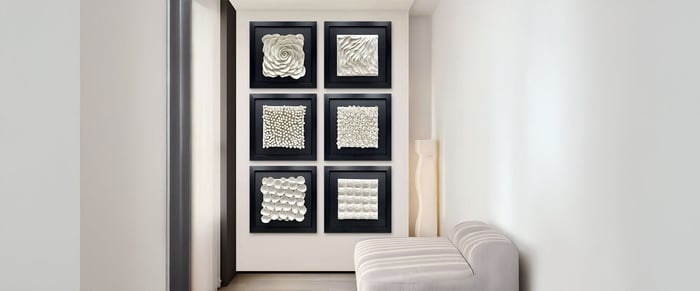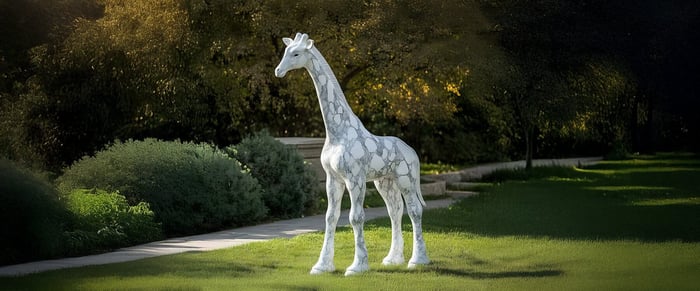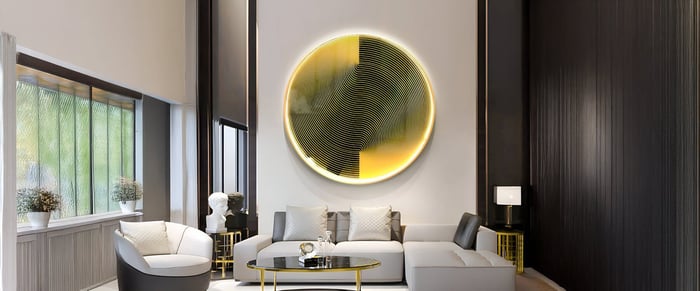In today’s ever-evolving art landscape, the debate between 3D art paintings and traditional art has sparked plenty of interest among collectors and interior design enthusiasts. Each form offers a distinct way of creative expression, one embracing modern technology to add depth and interactivity, while the other preserves time-honoured techniques and a rich artistic heritage. Understanding these differences can help you choose the style that best complements your space and personal taste, whether you’re curating a private art collection or planning an interior transformation.
In this guide, we will define both 3D art paintings and traditional art, explore their visual and aesthetic differences, discuss the techniques behind them, and evaluate their investment potential. We’ll also examine how each style can influence interior design, considering factors like modern decor, heritage decor, and overall impact on living spaces. Let’s dive into what makes each of these art forms unique and how you can decide which one suits your needs best.
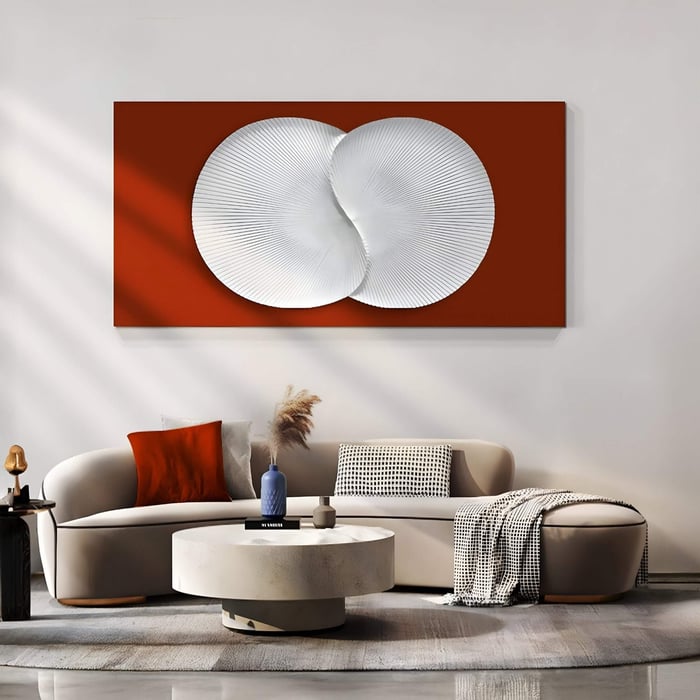
Understanding the Art Forms
To make an informed decision, it’s important to grasp the fundamental differences between 3D art paintings and traditional art.
What Are 3D Art Paintings?
3D art refer to artworks that incorporate elements of three-dimensionality, achieved through layering, mixed media, and sometimes digital integration. These pieces often use innovative techniques that play with light, shadow, and texture to create depth and dynamism on a flat surface. Materials such as resin, enamel, and even elements of LED & neon art can be incorporated, providing a futuristic twist to contemporary art design.
Artists working in this medium blend digital art with hands-on techniques, sometimes resulting in modern sculptures that mimic traditional paintings. The result is an immersive experience where the artwork appears to leap off the wall, offering a fresh perspective that stands apart from classic, static representations.
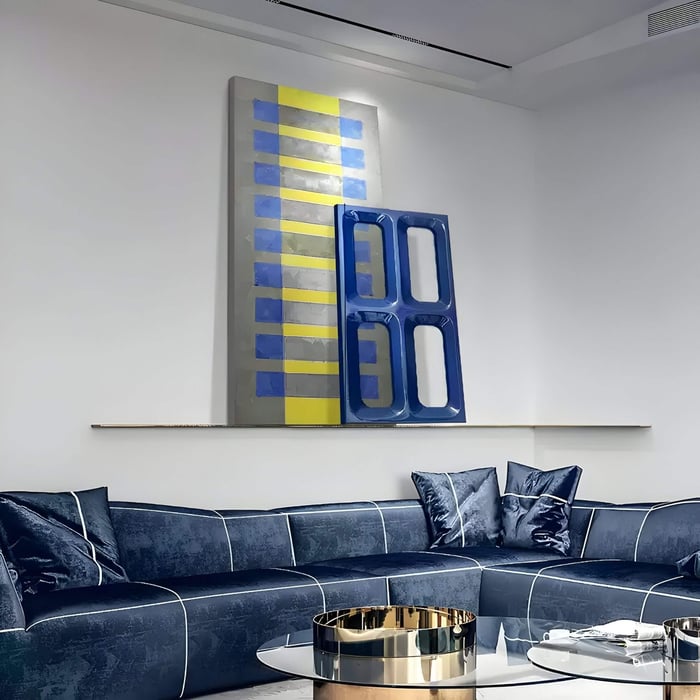
Understanding Traditional Art
Traditional art, on the other hand, encompasses methods and techniques that have been honed over centuries. Whether it’s classical painting, oil painting, or works on canvas, these pieces are often characterised by meticulous brushwork, a focus on composition, and a strong adherence to historical methods. Traditional art celebrates the legacy of art history, with roots in disciplines such as realism and impressionism. Its enduring quality is marked by the use of established techniques and materials like oil, watercolour, and occasionally even wood or silk art.
The appeal of traditional art lies in its capacity to evoke a sense of heritage and timeless elegance. Collectors often seek these works for their connection to the past, the story they tell, and their proven track record of appreciating in value over time.
The Visual and Aesthetic Differences
When comparing the two styles, their visual impact and aesthetic qualities are key considerations.
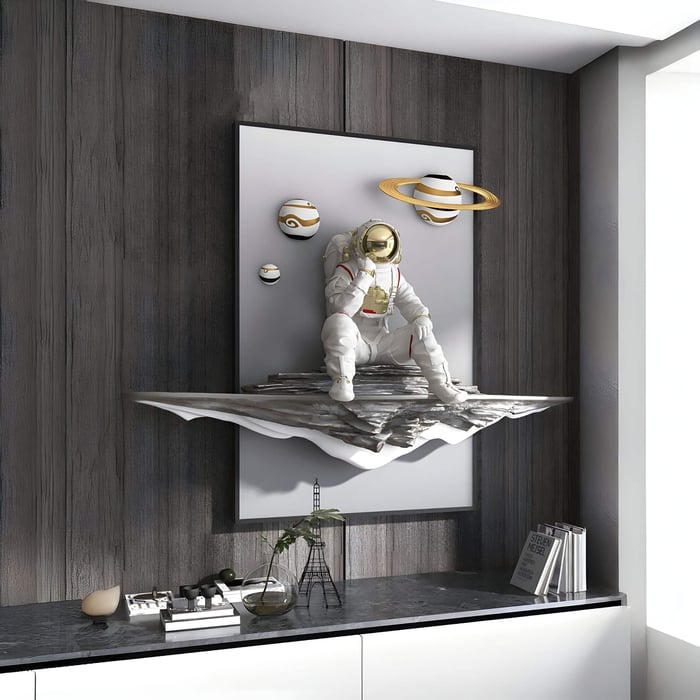
The Dynamic Appeal of 3D Art Paintings
3D art paintings captivate through their innovative use of depth and layering. Their multi-dimensional qualities create an almost tangible presence, drawing viewers into the artwork. These pieces often incorporate elements such as resin art or mixed media techniques that provide texture and complexity. For example, a 3D art painting might combine smooth digital gradients with tactile layers of acrylic or enamel, resulting in a vibrant design that feels both modern and interactive.
The boldness of these works is particularly suited to contemporary interiors, where a statement art piece can become a focal point that defines the room. The ability of 3D art to engage viewers on multiple sensory levels sets it apart from more traditional, flat compositions.
The Timeless Beauty of Traditional Art
Traditional art is celebrated for its enduring appeal and meticulous craftsmanship. The precision of oil painting techniques, the delicate brush strokes of watercolour, and the robust texture contribute to a rich visual experience that resonates with history and culture. These works are often characterised by their classical composition and subtle use of colour, which can evoke a sense of nostalgia and permanence.
While traditional art may not offer the dynamic interactivity of 3D art, its power lies in its ability to convey deep narratives and emotional subtleties through time-honoured techniques. Its appeal is rooted in a commitment to quality and heritage that continues to inspire art collectors and enthusiasts alike.
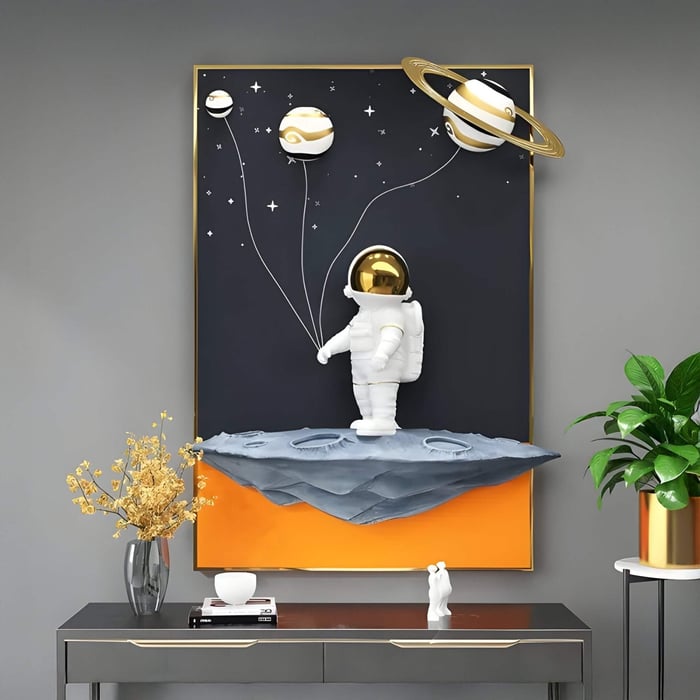
Techniques and Production Methods
The methods used to create these artworks are as distinct as the pieces themselves.
Innovative Techniques in 3D Art Paintings
Creating a 3D art painting involves a blend of digital and traditional methods. Artists employ tools such as computer-aided design (CAD) software alongside hands-on techniques like brushwork and collage. This integration allows for the development of layered effects and intricate details that create an illusion of depth. Techniques such as using resin to build texture or incorporating digital prints to add vibrant colours are common in this genre. This blend of digital integration with hands-on craftsmanship results in pieces that are visually striking and conceptually engaging.
These innovative methods provide artists with the freedom to experiment with light, shadow, and texture. The result is a form of creative expression that not only transforms the flat surface of a canvas but also offers a glimpse into the future of art, where technology and tradition coexist.
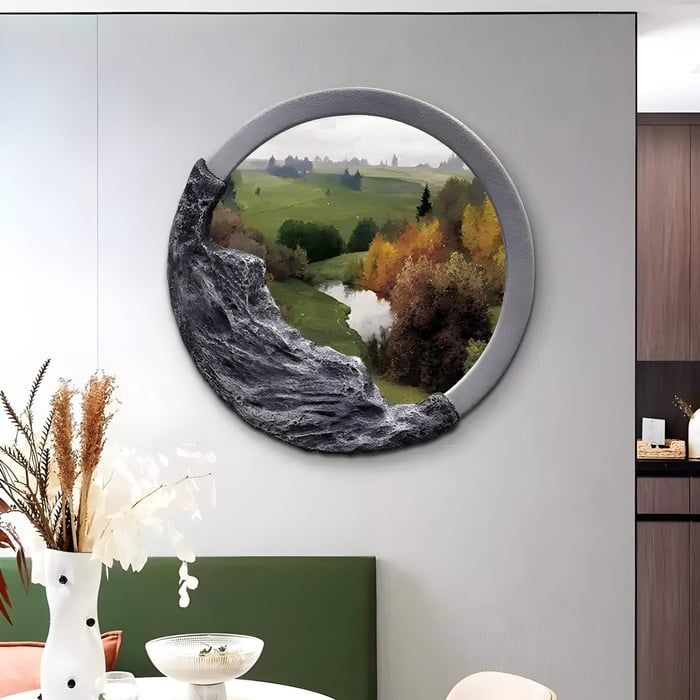
Time-Honoured Techniques in Traditional Art
Traditional art methods have stood the test of time due to their emphasis on skill and craftsmanship. Techniques like oil painting involve careful blending and layering to achieve realistic textures and subtle colour shifts. Many artists use classic tools and materials, such as hand-ground pigments and finely woven canvas art pieces, to create works that are rich in detail and depth. These methods require patience and precision, resulting in pieces that are celebrated for their refined beauty and connection to art history. Whether it’s a delicate painting or an expressive oil portrait, traditional art honours the legacy of its medium.
Investment and Value Considerations
Beyond their aesthetic appeal, both art forms offer unique investment potential. However, there are distinct considerations for 3D art paintings versus traditional art.
Valuing 3D Art Paintings
Modern pieces that incorporate three-dimensional elements and innovative techniques are often celebrated for their originality. Their value is frequently driven by technological innovation and artistic creativity. Factors such as the complexity of digital integration, the use of mixed media, and the uniqueness of the composition can contribute to the market value of these works. Additionally, as collectors increasingly embrace contemporary trends, 3D paintings have shown strong potential for appreciation over time.
The Enduring Investment in Traditional Art
Traditional art, with its deep historical roots and proven track record, is often seen as a stable, long-term investment. The heritage of classical techniques and the timeless quality of materials like oil and canvas contribute to its enduring value. Collectors who invest in classical painting or hand-painted works often do so not only for their beauty but also for their ability to retain or increase in value as cultural artifacts.
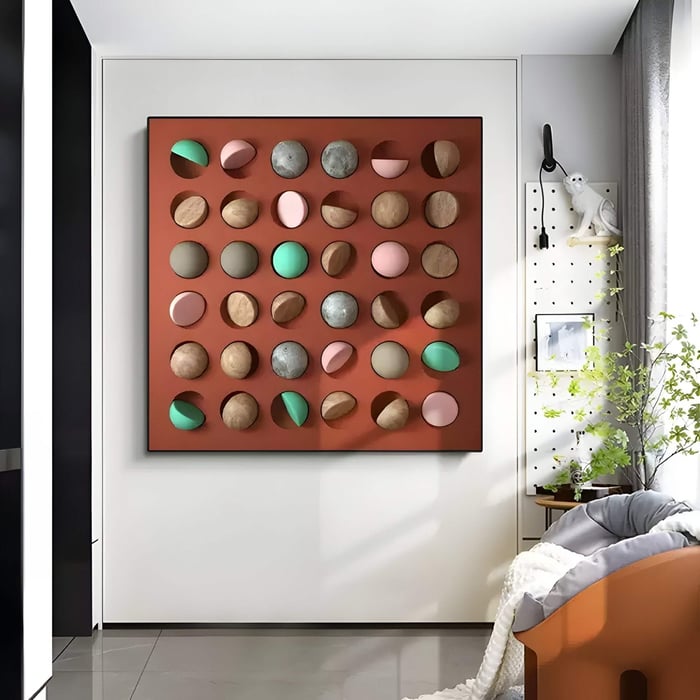
Investment Strategy and Art Valuation
For investors, balancing both 3D paintings and traditional art can create a diversified collection. Each has its merits: modern art offer the excitement of innovation and the potential for rapid appreciation, while traditional pieces provide a sense of cultural continuity and long-term stability. Conducting thorough market research, consulting art valuation reports, and seeking advice from professional appraisers are all essential steps in developing a successful investment strategy.
Personal Preference and Lifestyle Impact
Ultimately, the choice between 3D and traditional paintings depends on personal taste, lifestyle, and the desired impact on your living space.
Modern Lifestyles and 3D Art
For those with a penchant for technology and modern innovation, 3D art paintings provide a dynamic way to express creativity. Their interactive and immersive qualities can complement a tech-friendly home environment, reflecting a lifestyle that values forward-thinking design and digital integration. These pieces often serve as conversation starters and can significantly enhance spaces with their bold visual impact.
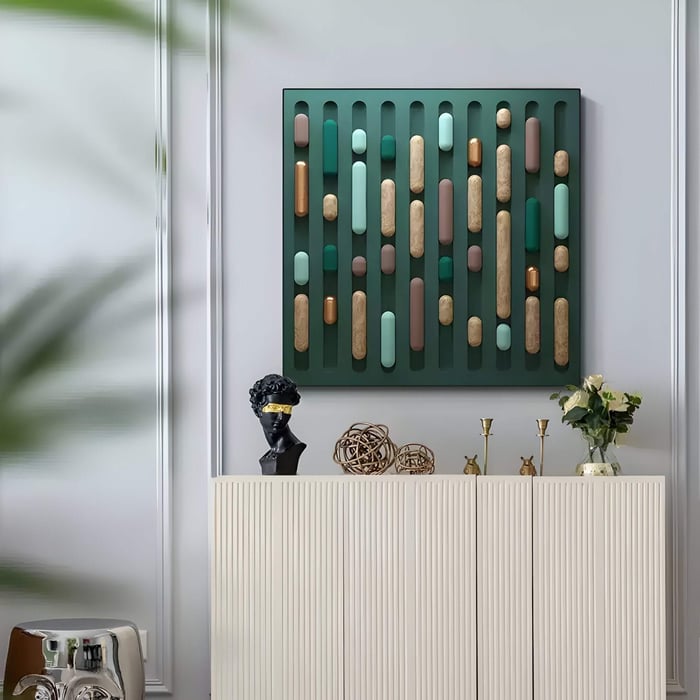
Embracing Heritage with Traditional Art
Conversely, traditional art is perfect for those who value the classic, time-honoured methods of creation. Whether it’s an oil painting with rich, historical context or a finely crafted piece of wood art, traditional works evoke a sense of cultural continuity and enduring beauty. They create an atmosphere that is warm and inviting, making them a fitting choice for spaces that aim to reflect heritage decor and a connection to art history.
Blending Both Styles
Many collectors find that a combination of both modern and traditional pieces best reflects their tastes. Blending three-dimensional art with classic artworks can create a layered, dynamic interior that celebrates diverse influences. This fusion not only adds visual interest but also provides a balanced narrative that honours both innovation and tradition.
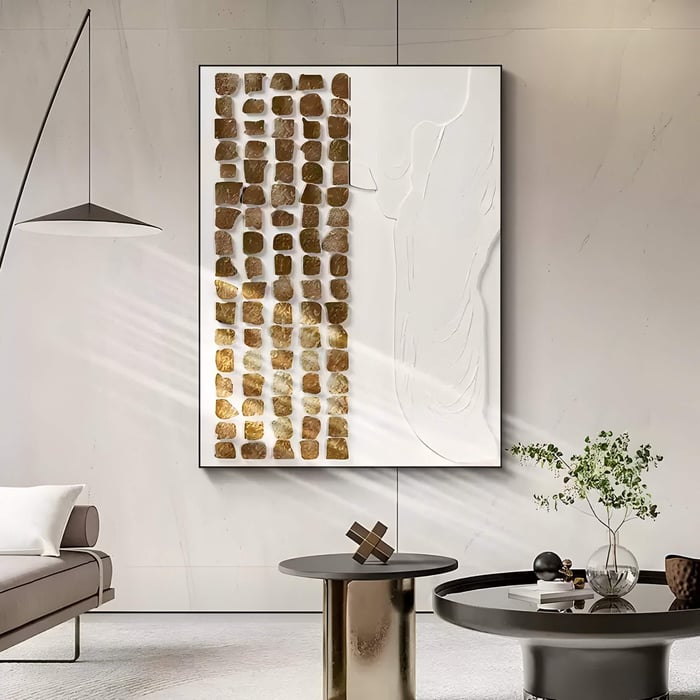
Making the Right Choice for Your Space
Deciding which art form to incorporate into your collection involves considering several factors, including aesthetics, techniques, investment potential, and personal taste.
Factors to Consider
Space Layout:
Assess your room's dimensions and architectural features.
Consider whether a large, immersive piece or a series of smaller works fits best.
Existing Decor:
Identify the predominant style in your home (e.g., modern, minimalist, traditional).
Determine how the artwork will complement or contrast with current furnishings and colour schemes.
Aesthetic Impact:
Evaluate how each art form contributes to the visual narrative.
Consider the balance between bold, innovative pieces and more subtle, classical works.
Investment Goals:
Reflect on your long-term versus short-term investment objectives.
Research market trends and the reputation of artists to assess future appreciation.
Personal Taste:
Choose pieces that resonate with your own style and sensibilities.
Think about which artworks evoke the desired emotional response.
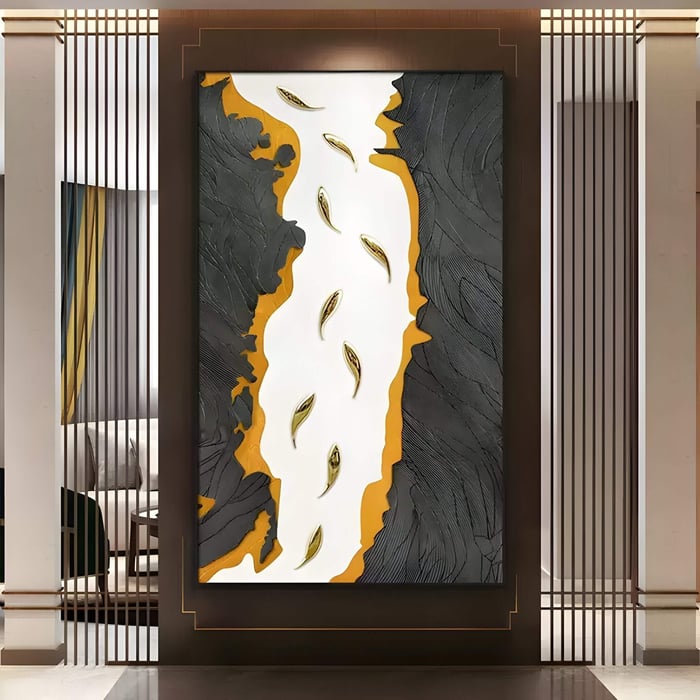
Tips for Blending Styles
Curate a Balanced Collection:
Mix dynamic 3D installations with classic, hand-painted works.
Aim for a diverse portfolio that reflects both innovative design and traditional craftsmanship.
Create Focal Points:
Use standout pieces as centrepieces in key areas like living rooms or entryways.
Arrange smaller works together on a gallery wall to form a cohesive display.
Harmonise Colour and Material:
Match the colour palettes and materials of your art with your interior decor.
Use complementary textures and finishes to create a unified look.
Vary the Scale:
Combine large-scale installations with smaller accent pieces for visual interest.
Ensure that the scale of each artwork is proportional to the space it occupies.
Layer with Lighting:
Use accent and ambient lighting to enhance the visual impact of each piece.
Experiment with different lighting setups to highlight textures and details.
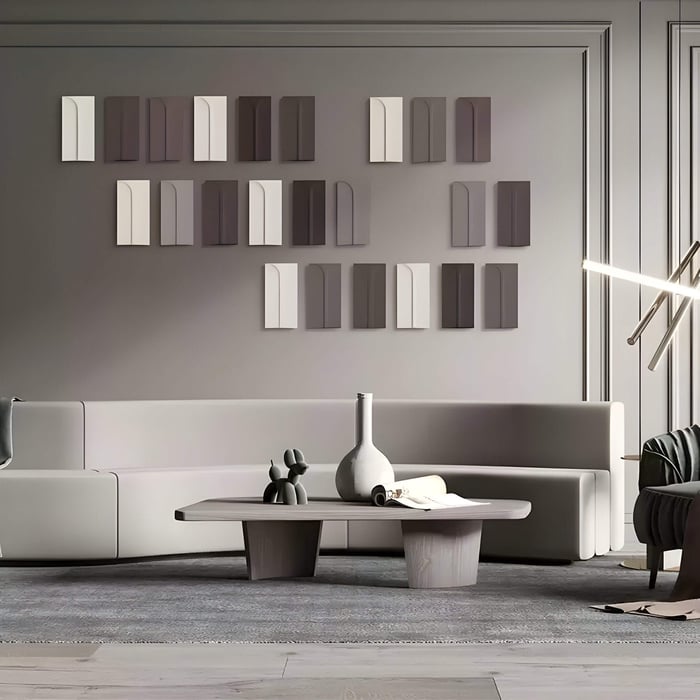
Conclusion: Secure Your Vision with Timeless Art
The choice between 3D art paintings and traditional art ultimately hinges on your personal vision and lifestyle. Each style offers distinct advantages, modern pieces can inject energy and innovation into your decor, while traditional works provide a profound connection to artistic heritage and timeless beauty. By understanding the visual, technical, and investment aspects of both art forms, you can curate a collection that truly reflects your taste and aspirations. Whether you lean towards the immersive experience of innovative, layered 3D art or the enduring charm of classical techniques, the key is to invest in pieces that resonate with you.
For those ready to take the next step in building a dynamic art collection, we invite you to explore curated selections at Giant Sculptures. Discover visionary works that capture the evolution of creative expression, and begin assembling a portfolio that speaks to both modern innovation and timeless tradition.














































































